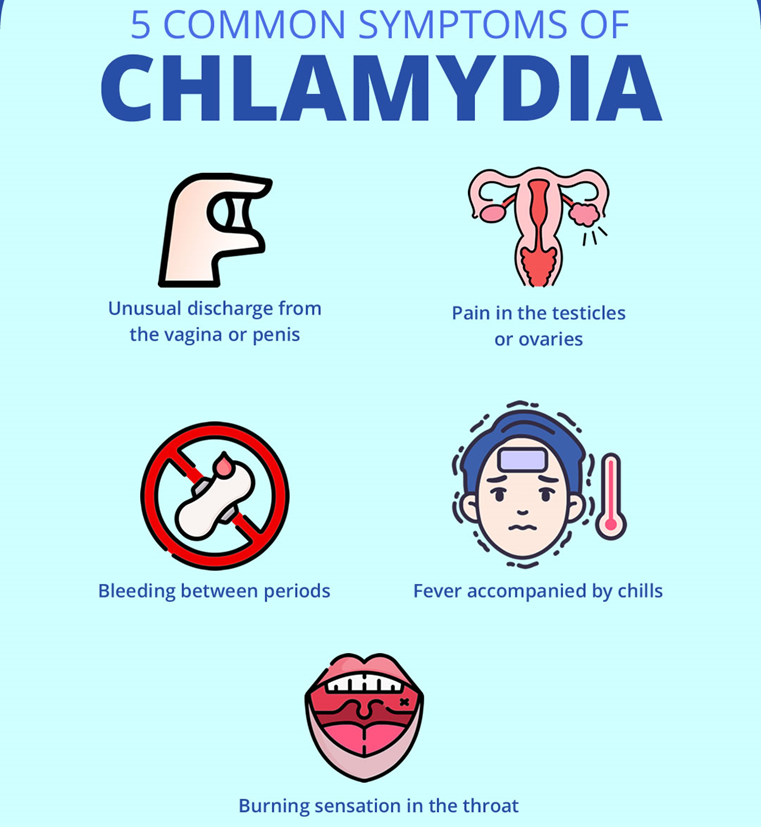A nurse is providing education to a group of adolescents who are pregnant and attending high school. Which of the following information should the nurse include in their teaching?
The need for supplemental folic acid is greatest during the third trimester.
The incidence of high birth weight infants is higher in adolescent pregnancy.
Pregnant adolescents need to gain less weight than adult mothers.
Caffeinated beverages should be replaced with caffeine-free beverages.
The Correct Answer is D
The correct answer is D.
Caffeinated beverages should be replaced with caffeine-free beverages. High levels of caffeine can cause low birth weight and may increase the chance of miscarriage. Pregnant women metabolize caffeine more slowly, which can affect the fetus.
Choice A reason: The need for supplemental folic acid is greatest during the first trimester to prevent neural tube defects. The recommended daily dose is 600 mcg.
Choice B reason: Adolescent pregnancy is associated with a higher risk of low birth weight infants, not high birth weight.
Choice C reason: Pregnant adolescents generally need to gain an appropriate amount of weight, similar to adult mothers, to support the growth and development of the fetus. The weight gain recommendations during pregnancy are based on the mother's pre-pregnancy BMI.
Nursing Test Bank
Naxlex Comprehensive Predictor Exams
Related Questions
Correct Answer is A
Explanation
Choice A reason: Chlamydia is a reportable infection to the state health department. Chlamydia is a sexually transmitted infection caused by the bacterium Chlamydia trachomatis. It can cause pelvic inflammatory disease, infertility, ectopic pregnancy, and neonatal complications. Reporting chlamydia cases can help to monitor the prevalence, incidence, and trends of the infection, and to implement prevention and control measures.

Choice B reason: Herpes simplex virus is not a reportable infection to the state health department. Herpes simplex virus is a common viral infection that causes oral or genital lesions. It can be transmitted through direct contact with the lesions or the infected fluids. There is no cure for herpes simplex virus, but antiviral medications can reduce the frequency and severity of the outbreaks.
Choice C reason: Group B Streptococcus B hemolytic is not a reportable infection to the state health department. Group B Streptococcus B hemolytic is a type of bacteria that can be found in the gastrointestinal or genital tract of some people. It can cause serious infections in newborns, pregnant women, and people with weakened immune systems. Screening and treatment of pregnant women can prevent the transmission of the bacteria to their babies.
Choice D reason: Human papillomavirus is not a reportable infection to the state health department. Human papillomavirus is a group of viruses that can cause warts or cancers in different parts of the body. It can be transmitted through sexual contact or skin-to-skin contact. There is no treatment for human papillomavirus, but vaccines can prevent some types of the virus that cause cervical cancer and genital warts.
Correct Answer is C
Explanation
Choice A reason: Blood pressure screening is not the first thing that the nurse should perform, as it is a physical assessment that can be done later in the visit. Blood pressure screening is important to monitor the client's cardiovascular health and risk of hypertension, but it is not a priority for the initial visit.
Choice B reason: Mental status examination is not the first thing that the nurse should perform, as it is a psychological assessment that can be done later in the visit. Mental status examination is important to evaluate the client's cognitive, emotional, and behavioral functioning and identify any mental health issues, but it is not a priority for the initial visit.
Choice C reason: Review of the neighborhood is the first thing that the nurse should perform, as it is an environmental assessment that can provide valuable information about the client's living conditions, safety, and resources. Review of the neighborhood is important to identify any potential hazards, barriers, or needs that may affect the client's health and well-being, and to plan appropriate interventions and referrals.
Choice D reason: Family history is not the first thing that the nurse should perform, as it is a genetic and social assessment that can be done later in the visit. Family history is important to determine the client's risk of inheriting or developing certain diseases, and to understand the client's family dynamics and support system, but it is not a priority for the initial visit.
Whether you are a student looking to ace your exams or a practicing nurse seeking to enhance your expertise , our nursing education contents will empower you with the confidence and competence to make a difference in the lives of patients and become a respected leader in the healthcare field.
Visit Naxlex, invest in your future and unlock endless possibilities with our unparalleled nursing education contents today
Report Wrong Answer on the Current Question
Do you disagree with the answer? If yes, what is your expected answer? Explain.
Kindly be descriptive with the issue you are facing.
